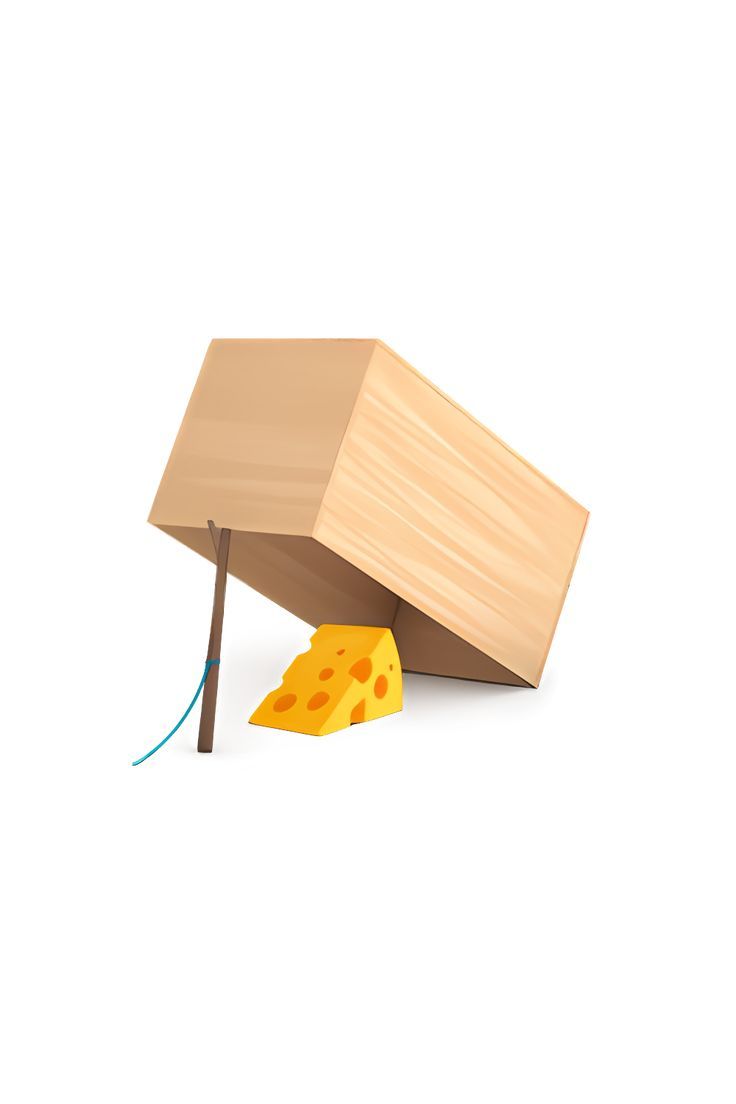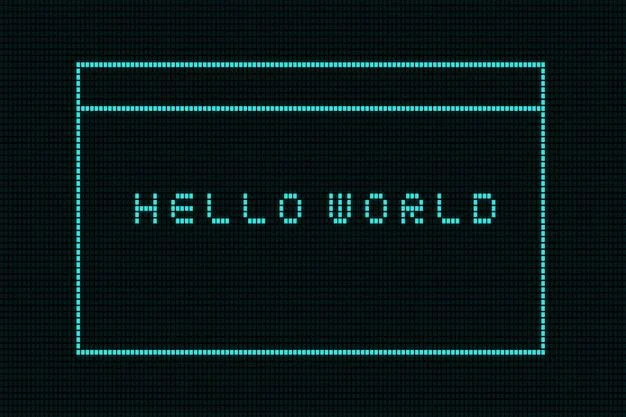Blog
Why You Should Build Something Useless — At Least Once a Month

In a world obsessed with productivity, building something useless might just be the most productive thing you can do. Here’s why Kenyan developers and creators should code for curiosity, not utility — at least once a month.
The Problem with Always Building ‘Useful’ Things
Somewhere between the first “Hello World” and your tenth client project, something quietly changes.
You stop building things because they fascinate you, and start building them because they must make sense.
Every idea gets judged before it’s born:
“What’s the ROI?”
“Can we scale this?”
“Will people buy it?”
And just like that, the spark that made you fall in love with building — curiosity — gets replaced by capitalism.
As Kenyan developers, we’ve become so caught up in making things that matter that we’ve forgotten how to make things that don’t.
But here’s the catch: the “useless” projects are often the ones that rewire your mind, sharpen your skills, and lead to your next big idea.
The Joy of Building Without Permission
When was the last time you built something that didn’t have a goal?
Not a client project.
Not a startup pitch.
Not a portfolio piece.
Just something absurd, random, or unnecessary.
Maybe it’s a Python script that tweets random Swahili proverbs.
Or a Chrome extension that replaces every instance of “deadline” with “vibe check.”
Or a website that plays goat sounds when someone hovers over a button.
These projects remind you of what freedom feels like — the kind of freedom that first got you into tech.
Useless Projects Build Useful Skills
Let’s be clear: “useless” doesn’t mean pointless. It means unpressured.
That’s the beauty of it — when you’re not chasing perfection, you experiment more. You take risks. You try frameworks you’d never touch in production.
Here’s what happens every time you build something useless:
You learn faster, because you’re not afraid to break things.
You discover tools that make your serious projects better.
You reset your brain, breaking monotony and burnout cycles.
You reconnect with creativity, which is the real engine of innovation.
Ask any great developer or hacker — their best projects started as jokes.
Even Gmail began as a 20% experiment at Google.
In Kenya’s Tech Scene, Creativity Is Your Real Edge
In Nairobi’s fast-growing tech landscape, where everyone’s chasing the next fintech or AI startup, the ones who stand out aren’t always the smartest — they’re the most curious.
The ones building apps that make no sense at first… until suddenly they do.
Because creativity doesn’t happen under pressure — it happens in play.
So, the next time someone laughs at your side project that prints random KPLC excuses or mimics a Safaricom outage, smile. You’re probably learning more than they are.
My Rule: One Useless Project Every Month
I call it “creative debugging.”
Once a month, I build something with no purpose other than to make me smile — or swear at my terminal for a few hours.
Last month, it was a local voice AI that only speaks Sheng.
Before that, a fake terminal that argues with you when you mistype commands.
They’ll never make me money.
But they make me better.
Better at problem-solving. Better at thinking sideways. Better at staying curious when the world keeps shouting “ship faster.”
Here’s the Challenge
Pick one weekend this month and build something that makes no business sense whatsoever.
Give it a ridiculous name.
Push it to GitHub.
Break it. Fix it. Laugh about it.
Because in a world where everyone is trying to be useful, creativity now lives in the useless.
Final Thought
Innovation doesn’t always wear a suit. Sometimes it’s a half-broken Python script running in your terminal at 2 a.m. that reminds you why you fell in love with building in the first place.
So go ahead — build something useless.
Because sometimes, the most pointless projects lead to the most powerful ideas.












